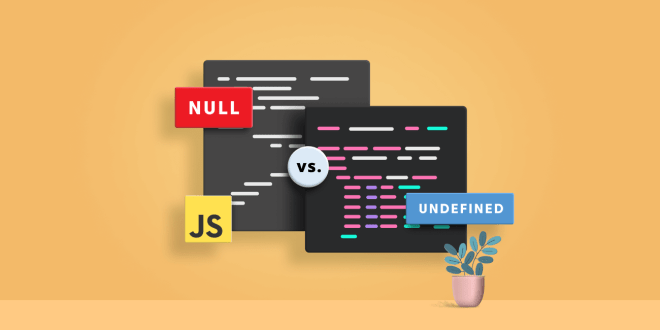Welcome to a comprehensive journey into the realm of JavaScript! In this blog, we will delve into ES11, the latest iteration of ECMAScript, and uncover the exciting new features that it brings to the table. From enhanced functionality to improved performance, ES11 has set the stage for a new era of JavaScript development.
Understanding ES11 and Its Significance
ES11, also known as ECMAScript 2020, is the 11th edition of the ECMAScript standard. As the foundation of modern JavaScript, ECMAScript sets the rules that JavaScript engines follow. This release is a major milestone, as it introduces various improvements and new features that make JavaScript programming more efficient and powerful.
Top Features of ES11
Nullish Coalescing Operator (??)
The Nullish Coalescing Operator is a handy addition to ES11. Unlike the logical OR operator (||), it only considers values that are null or undefined, ignoring falsy values like empty strings or zero. This makes it easier to handle default values in cases where you want to use the first non-null value in a given list of options.
Optional Chaining (?.)
Optional Chaining is another game-changing feature in ES11. It allows developers to safely access nested properties of an object without worrying about encountering null or undefined values. This helps to streamline code and avoid unnecessary checks, leading to cleaner and more concise code.
Promise.allSettled()
With ES11, managing promises becomes more efficient and convenient. The Promise.allSettled() method takes an array of promises and returns a new promise that resolves after all the given promises have either fulfilled or rejected. This enables you to handle multiple asynchronous operations gracefully, without interrupting the flow of your code.
String.prototype.matchAll()
ES11 introduces the matchAll() method, which simplifies working with regular expressions in JavaScript. Unlike the match() method, matchAll() returns an iterator of all matches, including capturing groups, allowing for more precise parsing of complex patterns.
Performance Improvements
ES11 not only brings exciting new features but also focuses on enhancing performance, leading to better user experiences and more efficient code execution. JavaScript engines have been optimized to execute ES11 code faster than ever before, reducing loading times and ensuring smoother interactions for end-users.
Compatibility and Browser Support
As a JavaScript developer, ensuring compatibility across different browsers is crucial. The good news is that major browsers have been quick to adopt ES11 features. However, it is essential to consider the target audience and their browser versions to ensure seamless functionality.
Transpiling ES11 to ES5
While ES11 introduces impressive features, not all browsers fully support it. To ensure broad compatibility, developers can use transpilers like Babel to convert ES11 code into ES5, which is widely supported across browsers.
Embracing ES11 in Your Projects
Updating Build Tools
To leverage ES11 features, you’ll need to update your build tools to support the latest version. Make sure you have the latest version of Babel and configure it to transpile your code correctly.
Learning Resources
Keep abreast of the latest developments in ES11 by referring to reputable online resources, official documentation, and community forums. There are numerous tutorials, articles, and videos available that can help you understand and implement ES11 features effectively.
Code Refactoring
If you have existing projects, consider refactoring your code to utilize ES11 features. This will not only improve performance but also enhance code readability and maintainability.
Final Words
ES11, the latest version of ECMAScript, has brought a plethora of powerful new features and enhancements to JavaScript. From the Nullish Coalescing Operator and Optional Chaining to Promise.allSettled() and String.prototype.matchAll(), developers now have a more potent toolset to create efficient and robust applications. By embracing ES11 and staying up-to-date with the latest developments, you can take your JavaScript skills to new heights and deliver outstanding web experiences.
Frequently Asked Questions (H2)
1. What is ECMAScript 2020?
ECMAScript 2020, also known as ES11, is the 11th edition of the ECMAScript standard, defining the rules for modern JavaScript.
2. How does the Nullish Coalescing Operator differ from the logical OR operator?
The Nullish Coalescing Operator (??) considers only null and undefined values, while the logical OR operator (||) also considers falsy values like empty strings and zero.
3. How does Optional Chaining simplify code?
Optional Chaining (?.) allows developers to safely access nested properties without worrying about encountering null or undefined values, leading to cleaner and more concise code.
4. What is the significance of Promise.allSettled() in ES11?
Promise.allSettled() enables developers to handle multiple asynchronous operations gracefully, resolving after all promises have either fulfilled or rejected.
5. How can I ensure compatibility with ES11 features in older browsers?
To ensure compatibility, use transpilers like Babel to convert ES11 code to ES5, which is widely supported across browsers.
 webfily
webfily



